I have a fair idea of using the Repository Pattern and have been attempting to "upgrade" our current way of creating ASP .Net websites. So i do the following
- Create a solution with a class project called DataAccessLayer and another class project called BusinessLogicLayer. Finally a 3rd project which is my ASP .Net website (a normal site).
- I add a dbml file to the DAL and drag a table, then in my BLL i add an interface and a class which implements this interface:
My interface
namespace BLL.Interfaces
{
interface IUser
{
List<User> GetAllUsers();
}
}
In my class
namespace BLL.Services
{
public class UserService : BLL.Interfaces.IUser
{
public List<User> GetUsers()
{
throw new NotImplementedException();
}
}
}
I know the code is not fully completed, but there for illustrative purposes.
So i right click the BLL project > Manage NuGet Packages > Searched for Ninject and found a few. I was overwhelmed with the number of entries returned after after further research i am lost in how to add Ninject to a normal ASP .Net website? Specifically which addin i require? As there are many MVC and reading further i think im a little confused.
I was trying to add it to the BLL project as thats where i THINK it should go so i can register my services in there.
Could anyone guide me in what i need to so in order to use Ninject entries but im not using MVC?




